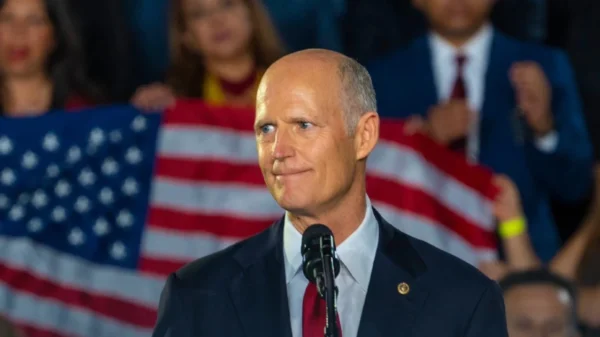Over the past decade, Florida’s economy bounced back from the Great Recession, leading to a surging population as the 2010s end.
When the 2010s opened, Florida was reeling from the economic downturn thanks in large part to its dependence on tourism, new home construction and real estate, areas which took a hit when the economy went south. Throw in the Deepwater Horizon oil spill in the Gulf in 2010 and Florida was in bad shape.
After he was elected governor in 2010, Rick Scott helped turn things around considerably. Scott tried–and mostly succeeded–in improving the business climate in the Sunshine State while trying to cut taxes and rein in government spending. The governor also hit the road, targeting businesses in other states, urging them to relocate to Florida. He also traveled the globe, trying to build ties with other nations, encouraging them to do more business in the Sunshine State.
Scott was largely successful as Florida’s chief salesman and it helped him win another term in 2014 and took him to the U.S. Senate in 2018. Still, there were some political pitfalls as Scott went around the state, celebrating when businesses expanded or brought new jobs to Florida. While Republicans cheered the declining unemployment rate in Florida back in 2011 and 2012 and praising Scott for it, they also dismissed the shrinking unemployment rate across the nation, insisting then-President Barack Obama did not deserve credit for it. Floridians weren’t listening–and backed both Obama and Scott as they won second terms.
In the meantime, with a booming economy, Florida continued to grow, moving from 18.5 million in 2009 to 21.3 million in 2018 while taking in a growing Puerto Rican population in the central part of the state. This population growth has helped increase revenue of course and, at the end of the 2010s, the economy has been able to keep up with the expanding population. Last month, the state unemployment rate stood at 3.1 percent, below the national average of 3.6 percent. That’s a testimony to the economic policies embraced by Scott and his replacement Ron DeSantis.
Still, there are storm clouds on the horizon in the Sunshine State with this growing population. While Scott tried to expand manufacturing and other sectors, Florida relies heavily on tourism, real estate and agriculture, sectors which can quickly decline during economic downturns. Agriculture, in particular, is vulnerable due to the continued problem of citrus greening. School overcrowding and infrastructure shortages also present problems in Florida as the population grows–and classrooms look increasingly filled and traffic comes to a standstill. Water management also poses a challenge while the state continues to reel from hurricanes, red tide, toxic algae and other problems. Floridians could also be left holding the bag on public pensions and Citizens Property Insurance if there are problems on those fronts.
Despite these challenges, on the whole, the 2010s ranks as one of the best decades Florida has seen in the four and half centuries since Pedro Menendez chased the French out of La Caroline and founded St. Augustine. The economy expanded, the population boomed, crime declined, schools–especially some of the state universities–grew in prestige and families increasingly put down roots in the Sunshine State. Even in an often divisive political climate, the 2010s will be seen as one of the better periods in Florida’s history.
Kevin Derby wrote this analysis. He can be reached at kevin.derby@floridadaily.com.





















